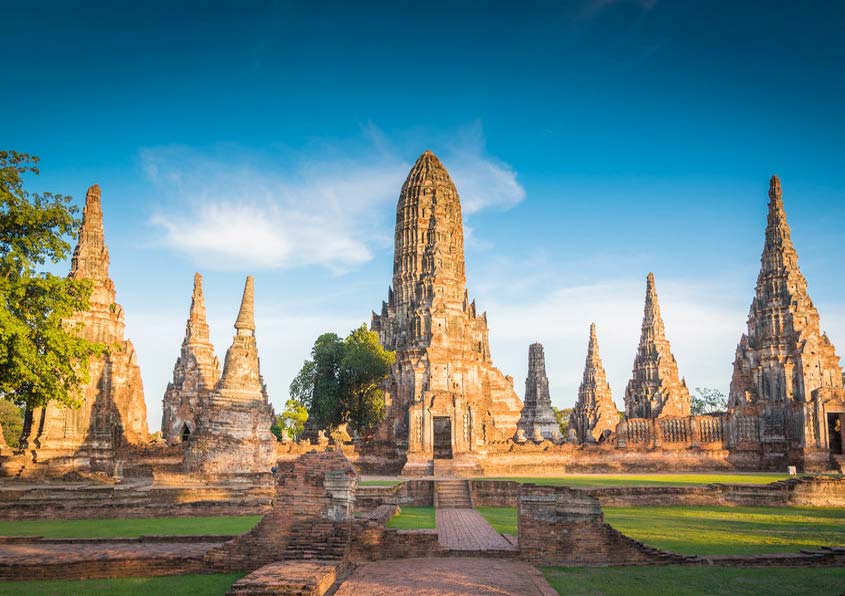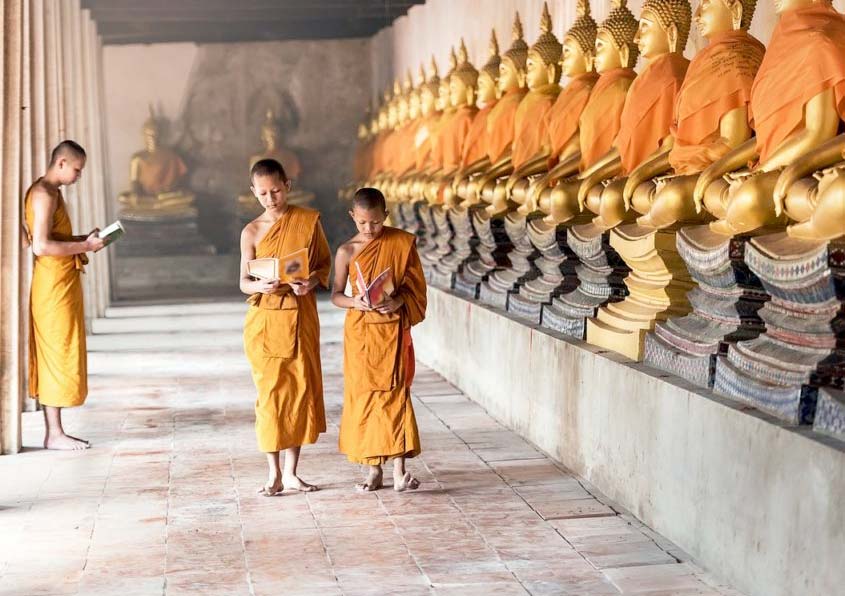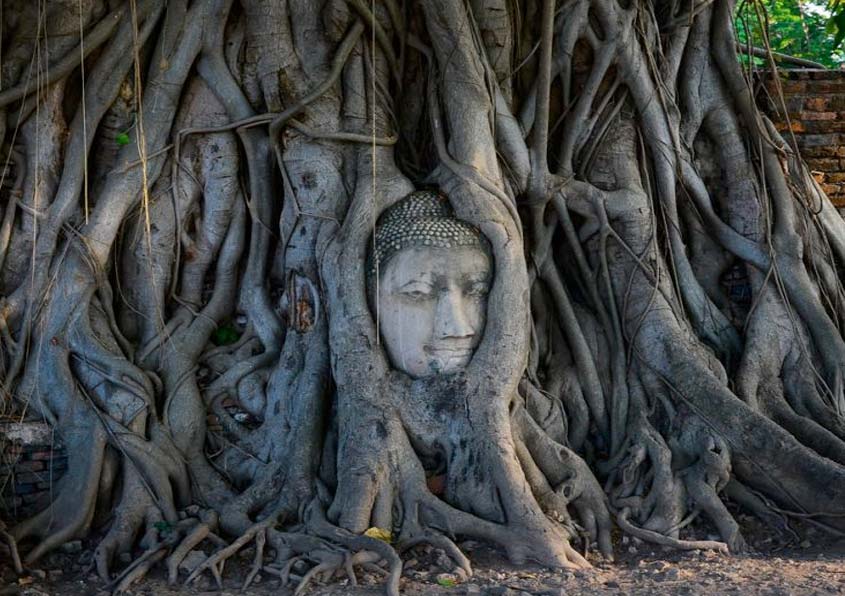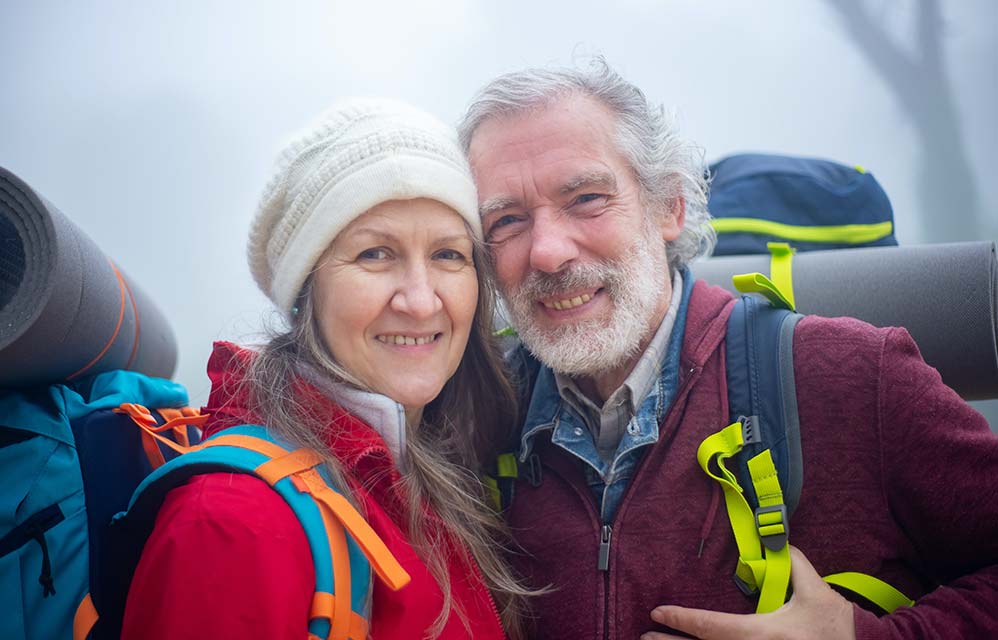
Founded in 1350, Ayutthaya became the second capital of Siam (after Sukhothai). Perfectly positioned between China, India and the Malay archipelago, Ayutthaya became not only the most important trading centre in Asia, but arguably one of the most important in the World. In fact by 1700 it was indeed the largest city in the World, with over 1 million inhabitants. So what happened to this magnificent city? And what can visitors expect to find today?
Ayutthaya – The Ancient Capital
The city of Ayutthaya was built on an island at the confluence of three rivers, the Chao Phraya River, Lophuri River and Pa Sak River. Merchants from all over the World would meet and trade within its splendid walls and amongst its numerous impressive temples, however in 1767 tensions between Siam and Burma reached a boiling point and the city was almost completely burnt to the ground.
Today, the remains of the city provide visitors with only a glimpse of its greatness, characterised by the prang (reliquary towers) and large monasteries. Most of the remains are temples and palaces, and the area is a place of worship for many Thais. The important cultural value of Ayutthaya’s ruins were officially recognised in 1991 when it became an UNESCO World Heritage Site.

Monastery/Temple Vietnam
The Temples
On the island are both working temples and ancient ruins, many of which are either free or charge a very small fee. What is so wonderful about the area is the sense that you are truly experiencing the ‘real Thailand’, away from the usual tourist hot spots and picture postcards. Many of the locals do not speak much English and traditional cuisine dominates over the typical Western alternatives. The pace is slow, and this makes the experience so much richer.
Key temples include Wat Phra Si Sanphet, Viharn Phra Mongkol Bopit, Wat Phra Mahathat, Wat Ratchaburana, Wat Thammikarat, Wat Suwan Dararam, Phet Fortress and Wat Phr Ram.
Beyond the Temples
The city boasts a number of fascinating museums such as the Ayutthaya Historic Study Centre, Baan Hollanda, Chamntharakasem National Museum and Chao Sam Phraya National Museum.
Whilst shopping, dining, entertainment and accommodation are more modest than in other major Thai cities, there are plenty of interesting local restaurants, bars, cafes, markets and hotels for every budget.

Buddha Ayutthaya
Getting there
Ayutthaya is approximately 80kms north of Bangkok, and connected by road and rail.
Public Buses depart every 20 minutes from Bangkok’s Northern Bust Terminal (at Mo Chit, which is conveniently on the BTS). The journey takes about 2 hours and costs THB56. Probably the most scenic way to get to the city is by rail from Bangkok’s Hualamphong Train Station. The travel time depends on the number of stops on the way, so it can range from 80 mins to 120 mins. Whilst first class tickets are THB 350+ third class can cost as low as THB20 (if you’re on a budget).
Of course in addition to public transport, many visitors choose to hire a car or mini van, and this can be particularly attractive for those also seeking a local guide (which we’d highly recommend).
Stepping back in time
A visit to the ancient capital of Siam really is a highly enjoyable and enriching experience, whether you visit for the day, or make it a base to explore other attractions in the region (such Kanchanaburi, famous for the Bridge over the River Kwai, and numerous World War II museums)
For those who have retired to Thailand, or live in the broader region, Ayutthaya is yet another fantastic location to visit right on your doorstep.







